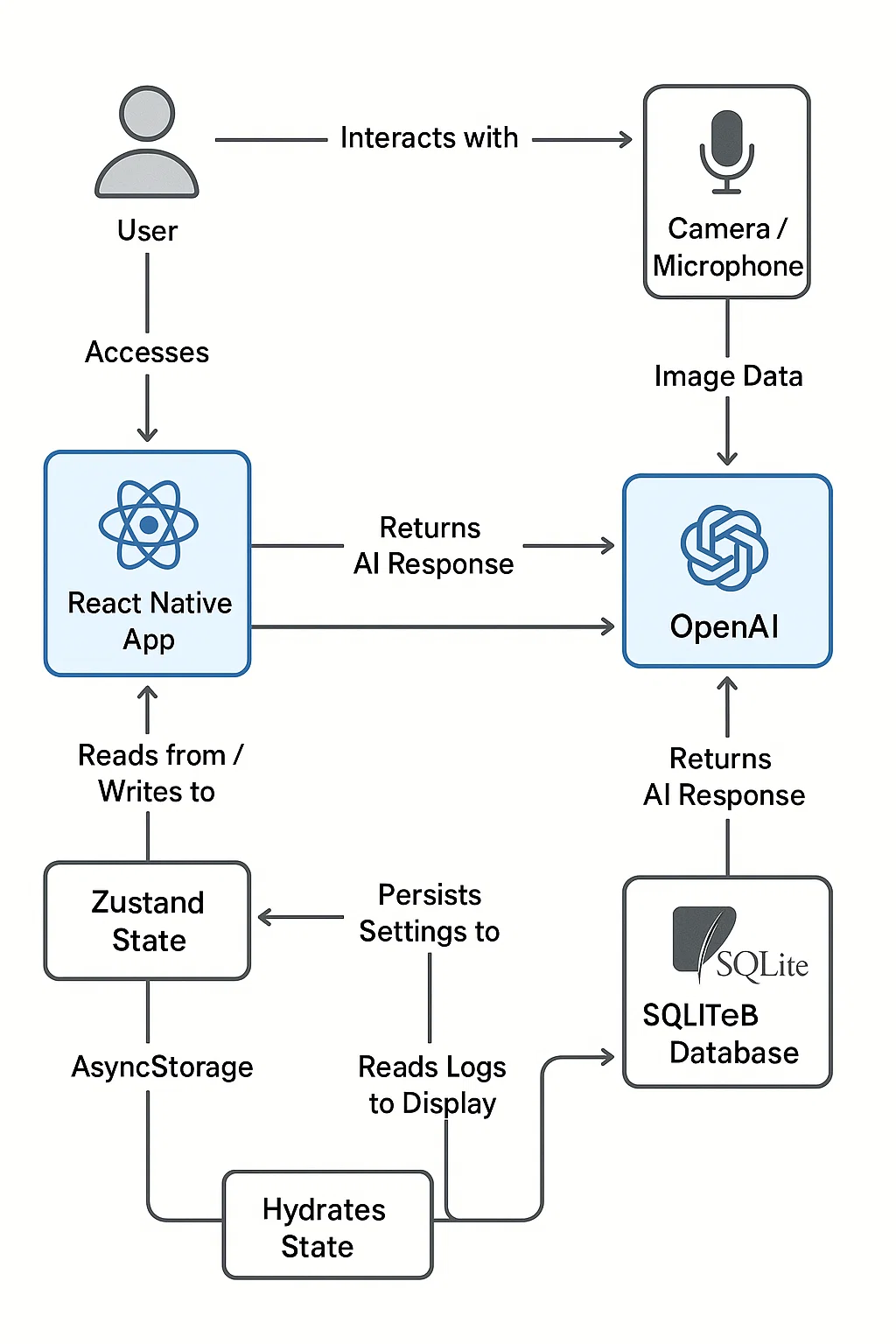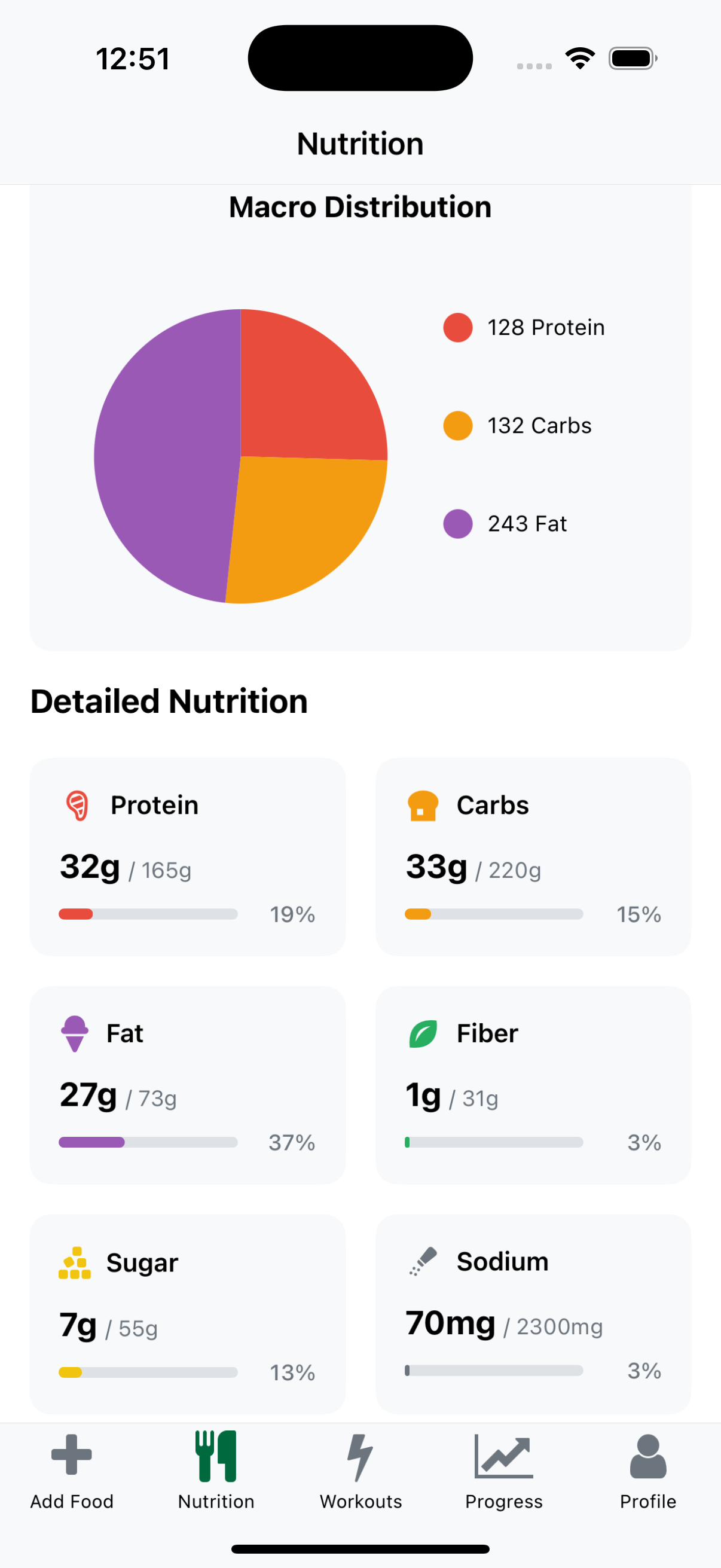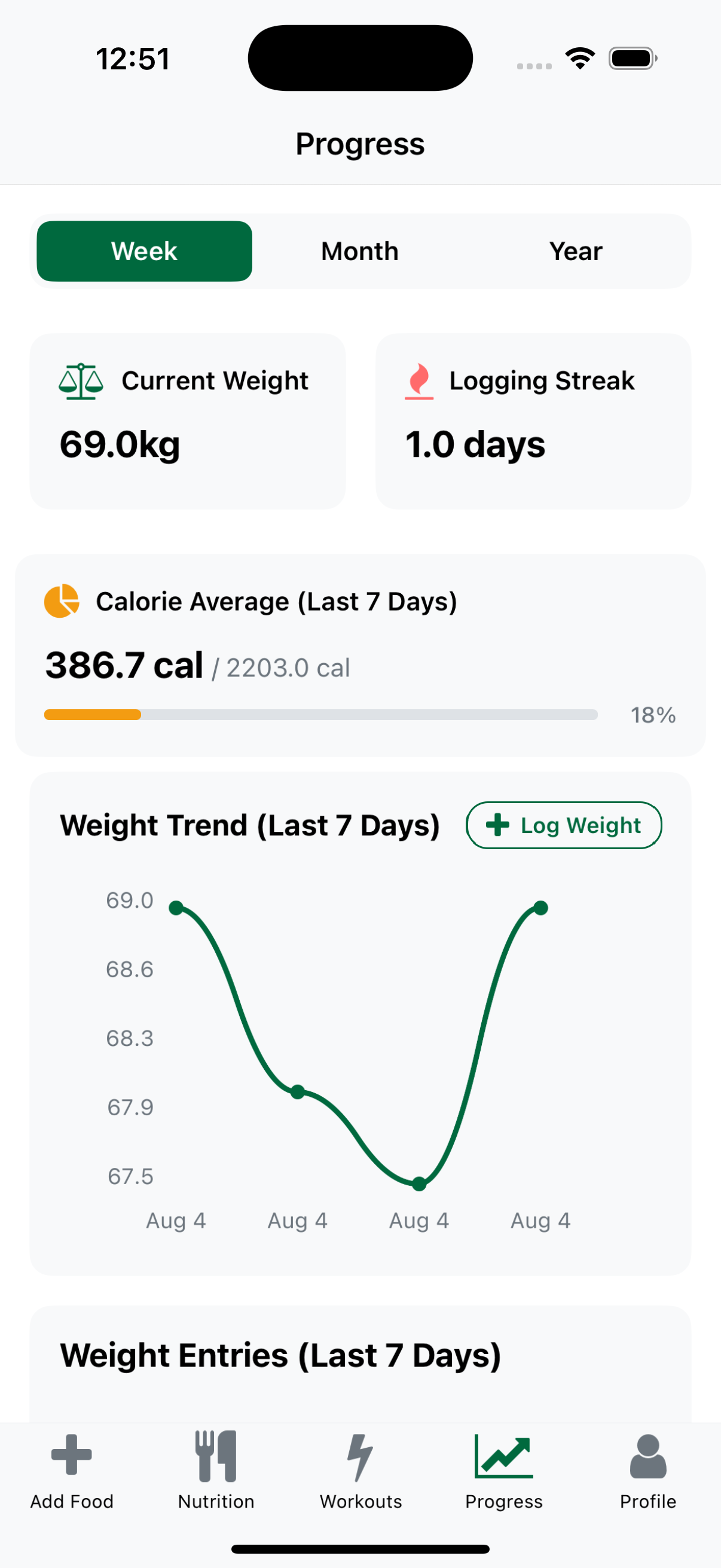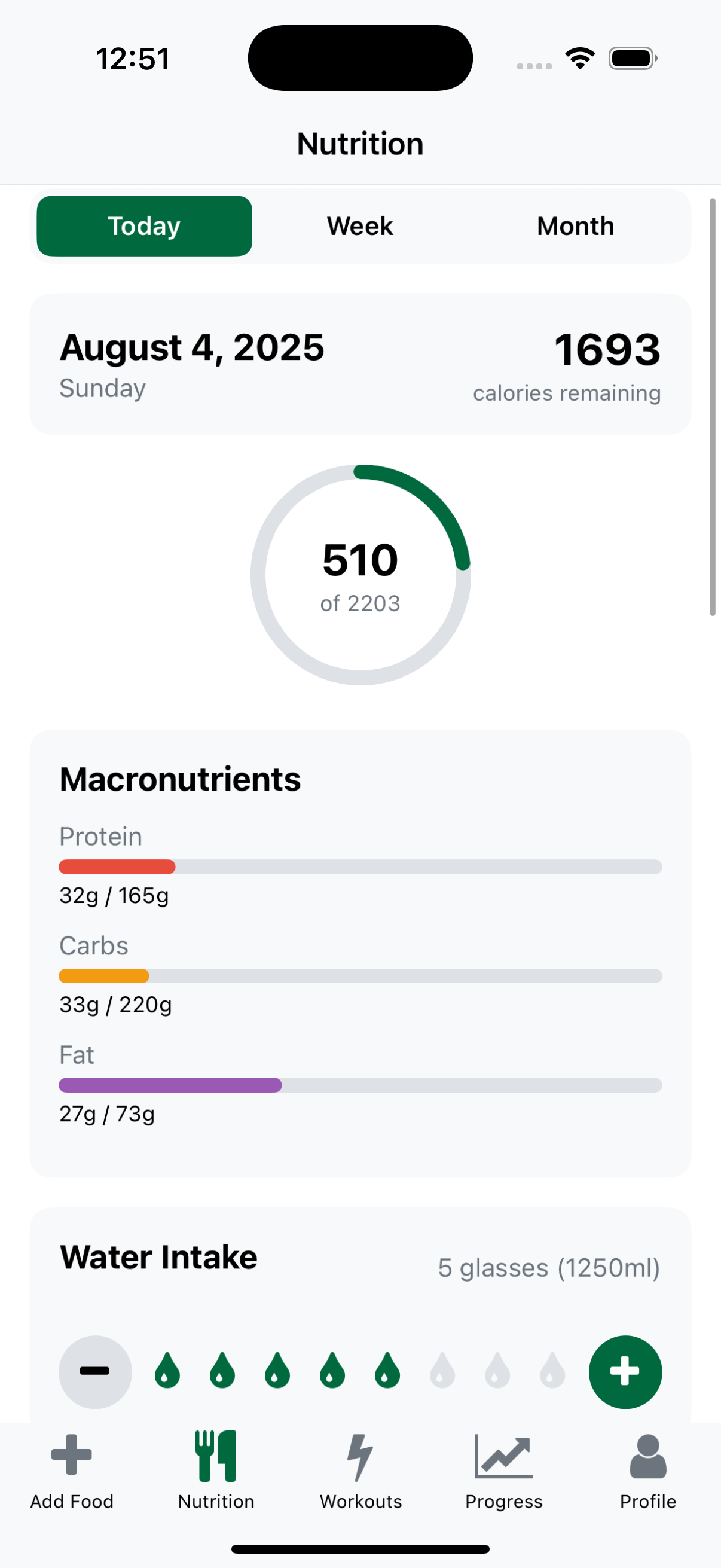When I started the NutritionTracker project, the goal was to create a comprehensive nutrition and fitness tracking application that would stand out in the crowded health app market. The original vision was to build a modern, user-friendly app with advanced analytics and seamless offline functionality.
Our vision quickly expanded beyond basic nutrition tracking, but let's start here.



